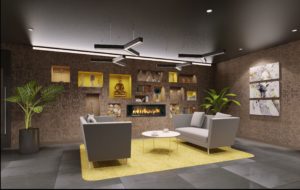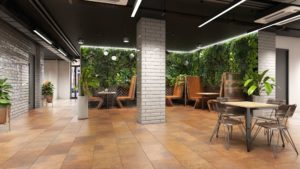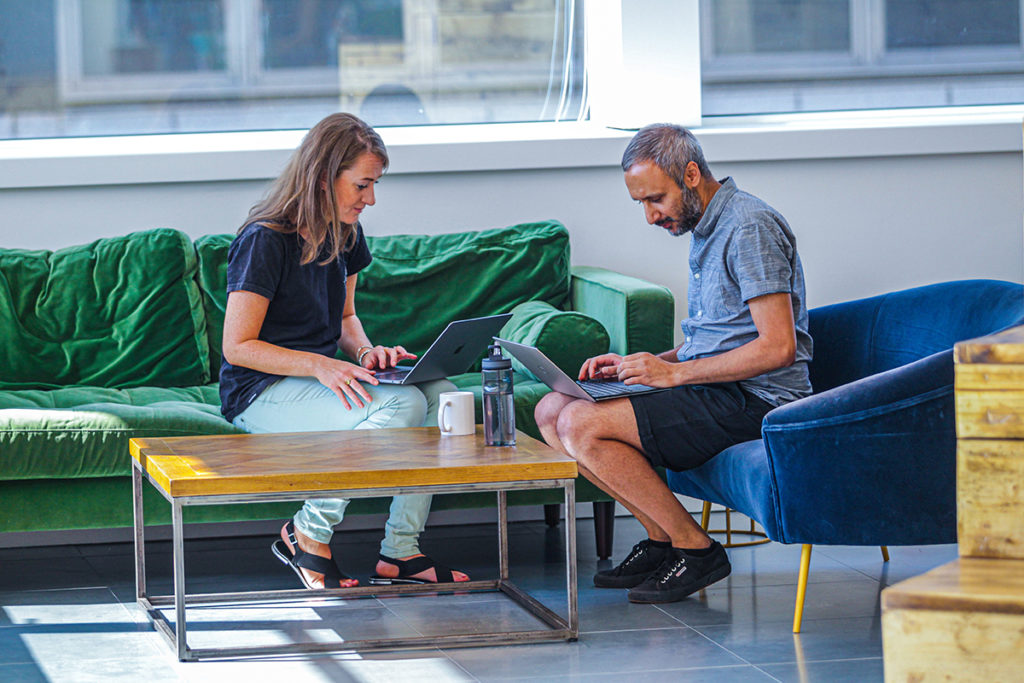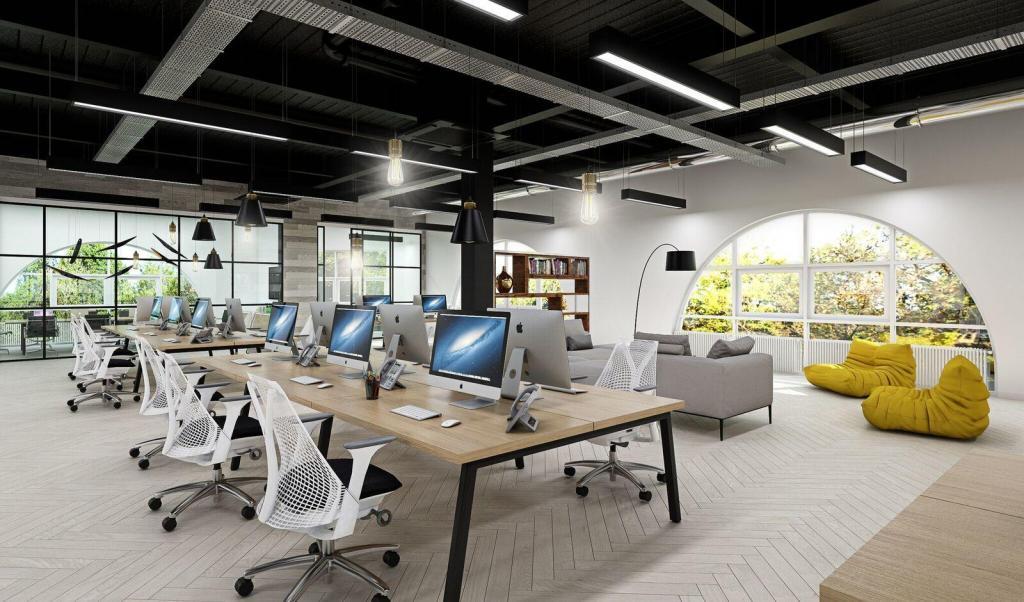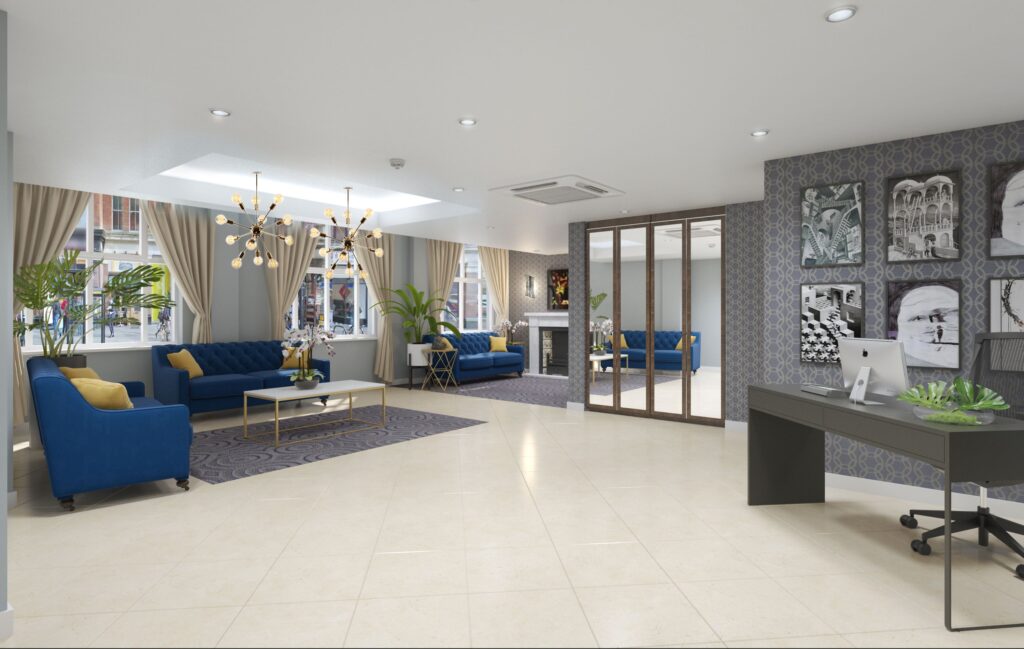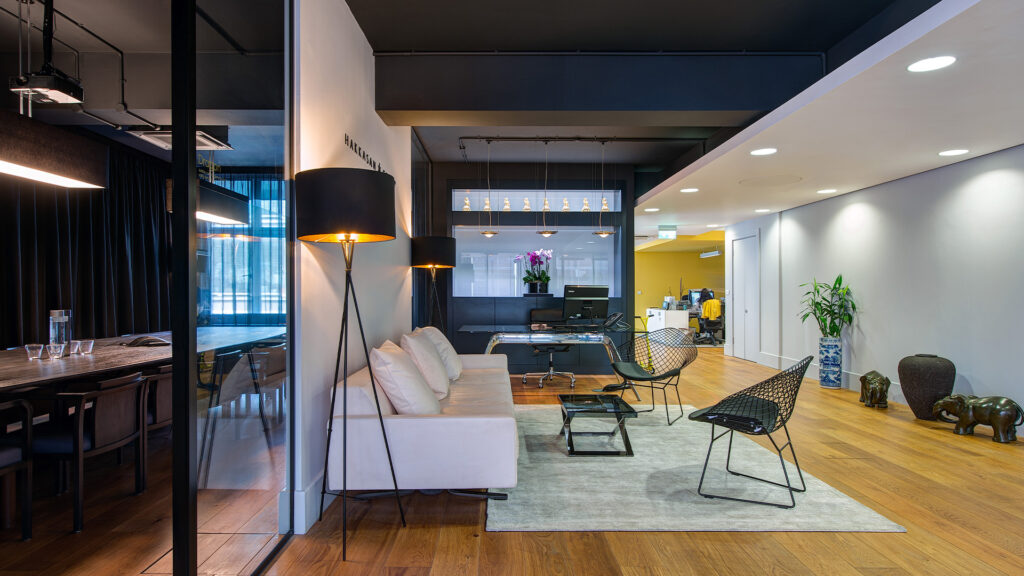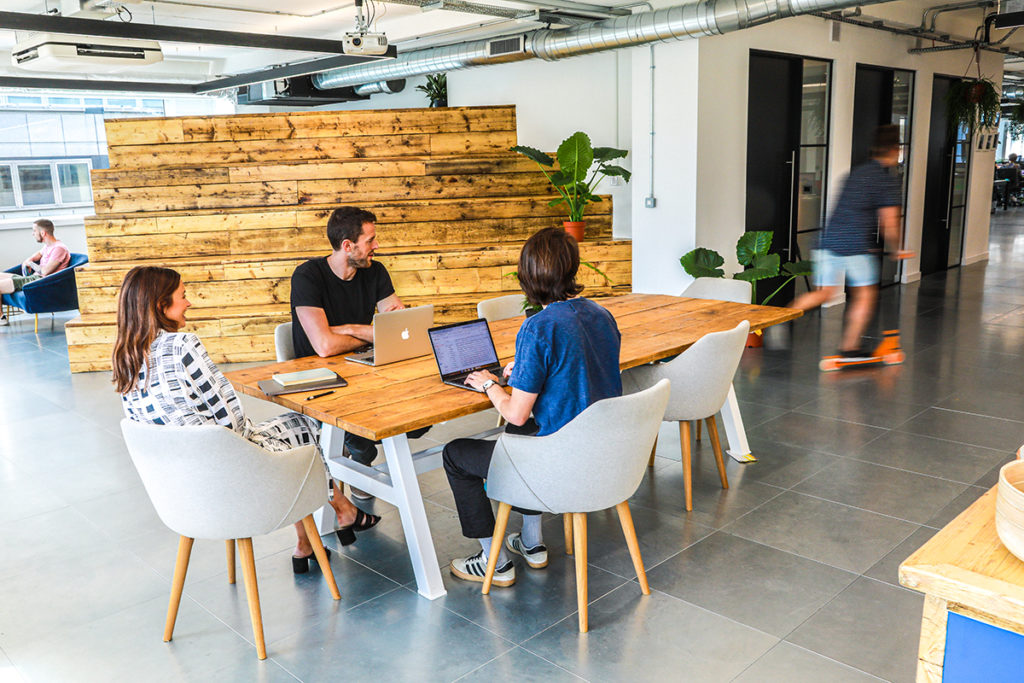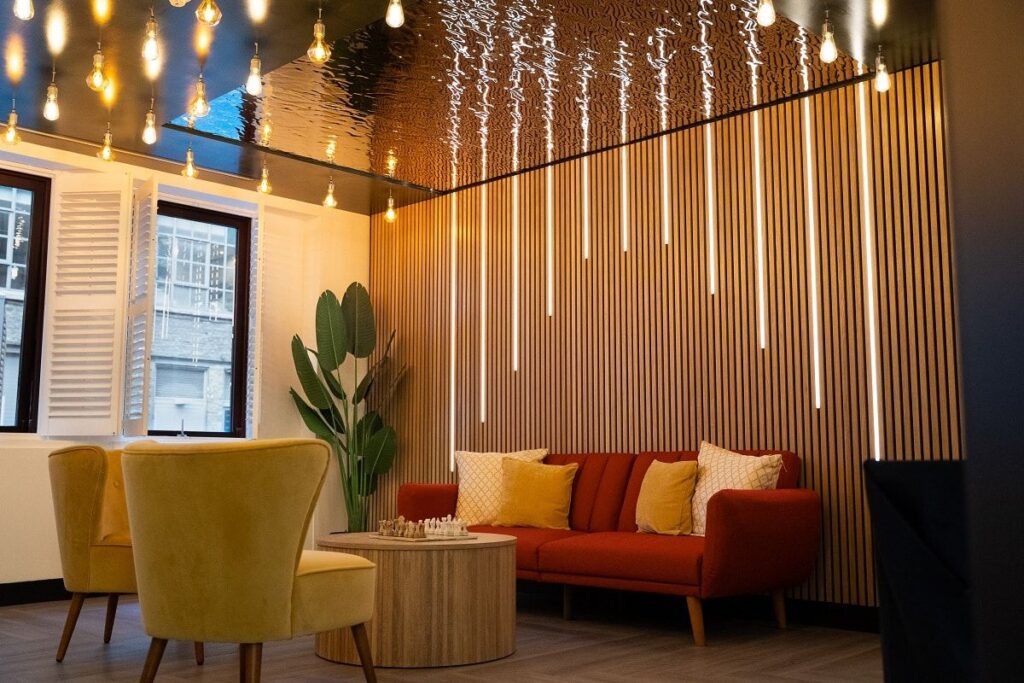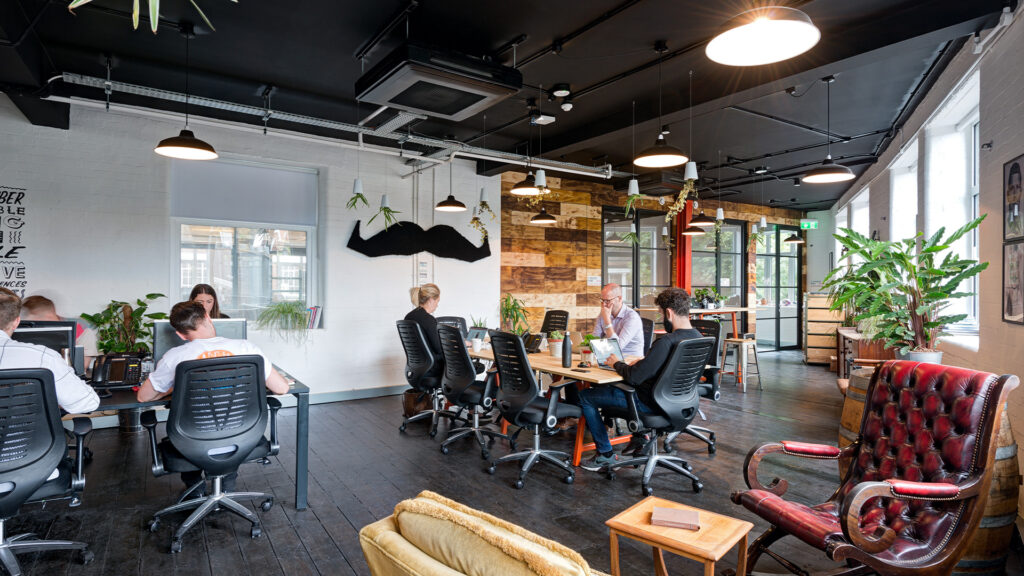Whether you’re moving into a new space or enhancing an existing one, understanding the difference between an office fit out and an office refurbishment is crucial. While both involve shaping a workspace, their scope, purpose, and impact differ significantly.
What Is An Office Fit Out?
An office fit out is the process of transforming an empty or unfinished commercial space into a fully operational workplace. This process typically includes the installation of electrical and mechanical systems, flooring, lighting, partitions, furniture, and IT infrastructure. It ensures that a blank canvas becomes a functional office tailored to the company’s needs.
There are different types of office fit outs:
- A shell and core fit out refers to a completely raw space that includes only structural elements such as external walls, floors, ceilings, and the basic framework.
- A Category A fit out involves installing essential components such as lighting, heating, ceilings, and flooring. However, it remains a neutral space, requiring further customisation.
- A Category B fit out fully transforms the space with branding, furniture, IT setup, meeting rooms, breakout areas, and final design elements.
What Is An Office Refurbishment?
An office refurbishment involves updating, redesigning, or improving an existing workspace. Unlike a fit out, which creates a workspace from scratch, a refurbishment enhances or repurposes the current office setup to better meet business needs.
Refurbishment projects vary in scope and can involve different levels of change. Some companies focus on upgrading office layouts for better efficiency, while others prioritise modern furniture and decor.
Other common refurbishment updates include improving lighting and energy efficiency, upgrading technology and IT infrastructure, and enhancing employee well-being through ergonomic design.
With the rise of remote and flexible working, many companies are choosing to refurbish rather than relocate. Updating an office space can be a more cost-effective alternative to moving to a new location, allowing businesses to retain a familiar space while improving it for current and future needs.
Key Differences Between Office Fit Out & Office Refurbishment
Starting Points
One of the primary differences between an office fit out and an office refurbishment is their starting point. An office fit out begins with an empty or unfinished space, requiring full installation of everything needed to make it functional.
This includes structural work, utilities, and design implementation, making it a more extensive and costlier process. In contrast, an office refurbishment focuses on improving an existing space, meaning that the basic infrastructure is already in place.
Purpose
Another major distinction is the purpose of each process. A fit out is designed to create a workspace that meets business needs from the ground up, ensuring that every aspect aligns with company requirements and branding. A refurbishment, however, enhances an existing office by addressing areas that need improvement, whether that be aesthetics, layout, or functionality.
Costs
The cost also varies between the two. Office fit outs are generally more expensive because they involve building an entire workspace from scratch. The cost includes structural modifications, installation of systems, and interior design.
Office refurbishments, on the other hand, tend to be lower in cost as they focus on targeted improvements rather than full-scale development. However, refurbishment expenses can rise significantly depending on the level of change, such as upgrading IT infrastructure, replacing furniture, or implementing sustainability initiatives.
Timelines
The timeline for both processes is another key factor. Office fit outs can take several months, depending on the complexity of the build, while refurbishments usually require a shorter time frame. Many businesses opt to refurbish in phases to minimise disruption to their daily operations, whereas a fit out typically requires a longer lead time before the space becomes operational.
Which Option Is Right For Your Business?
Deciding between an office fit out or office refurbishment depends on your company’s specific needs and budget. If you are moving into a new space that requires complete setup, a fit out is necessary to customise the environment to your requirements. However, if your current workspace no longer aligns with business growth or employee expectations, a refurbishment may be the best solution.
How Workspace Design Impacts Employee Well-Being
Employee satisfaction and productivity are directly linked to office design. A well-planned fit out or refurbishment can significantly improve these areas by providing a better working environment that enhances comfort, reduces distractions, and supports collaboration.
Key factors that contribute to a productive office environment include better space utilisation, improved technology integration, enhanced comfort, and the inclusion of breakout areas for relaxation and informal meetings. An optimised office layout also reduces unnecessary movement and enhances workflow efficiency, helping employees stay focused and engaged.
Read more: How Does Office Design Affect Productivity?
Let The Experts Help
Whether you opt for an office fit out to set up a new workplace or an office refurbishment to revitalise your existing space, investing in the right solution is key to long-term success. We’re here to help you every step of the way, from consultation and ideas to execution.
Related read: What Type Of Office Space Is Right For Your Business?


